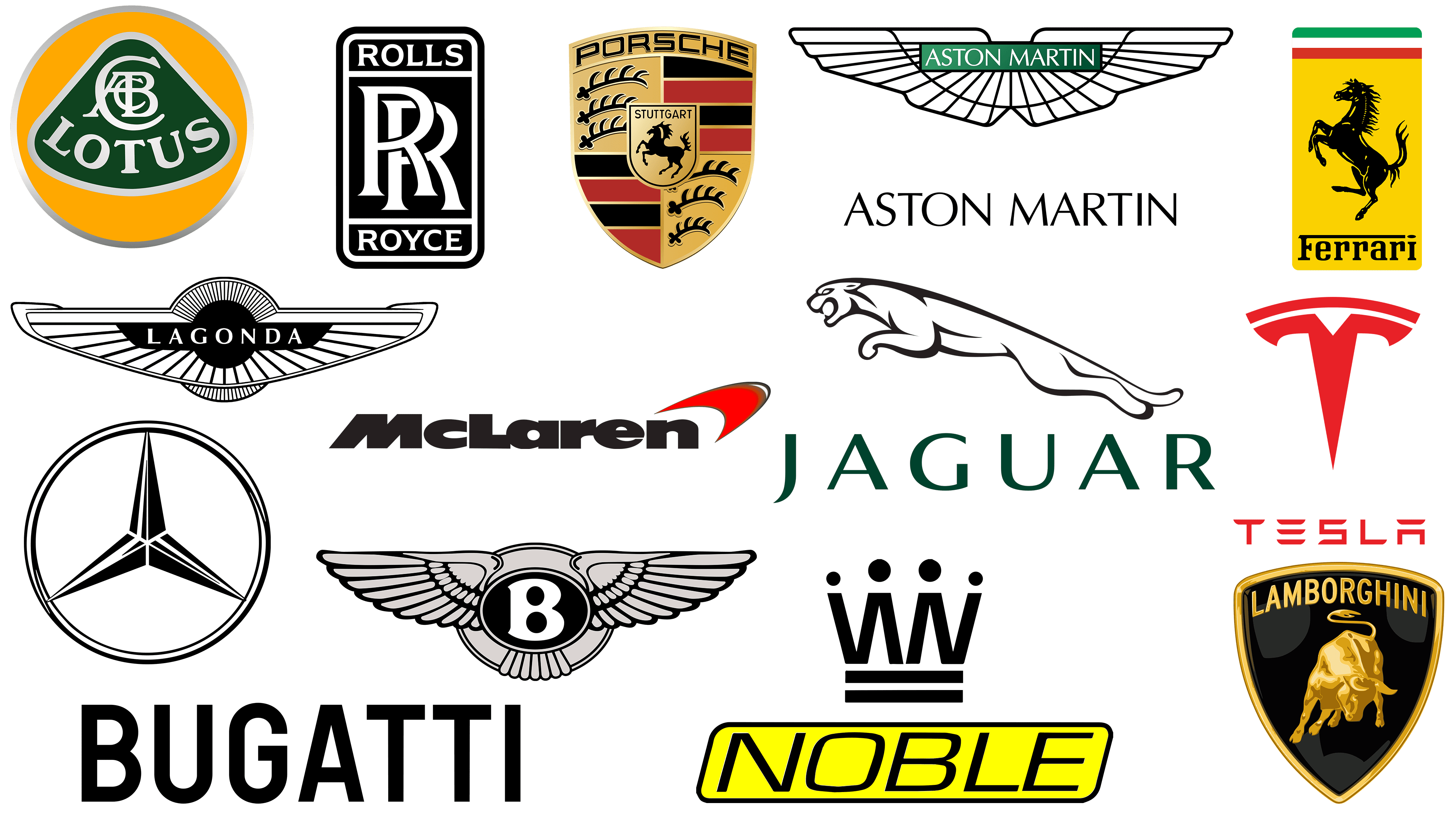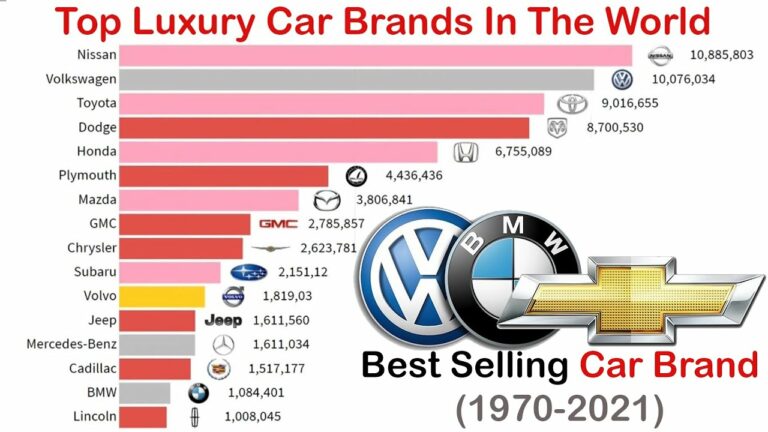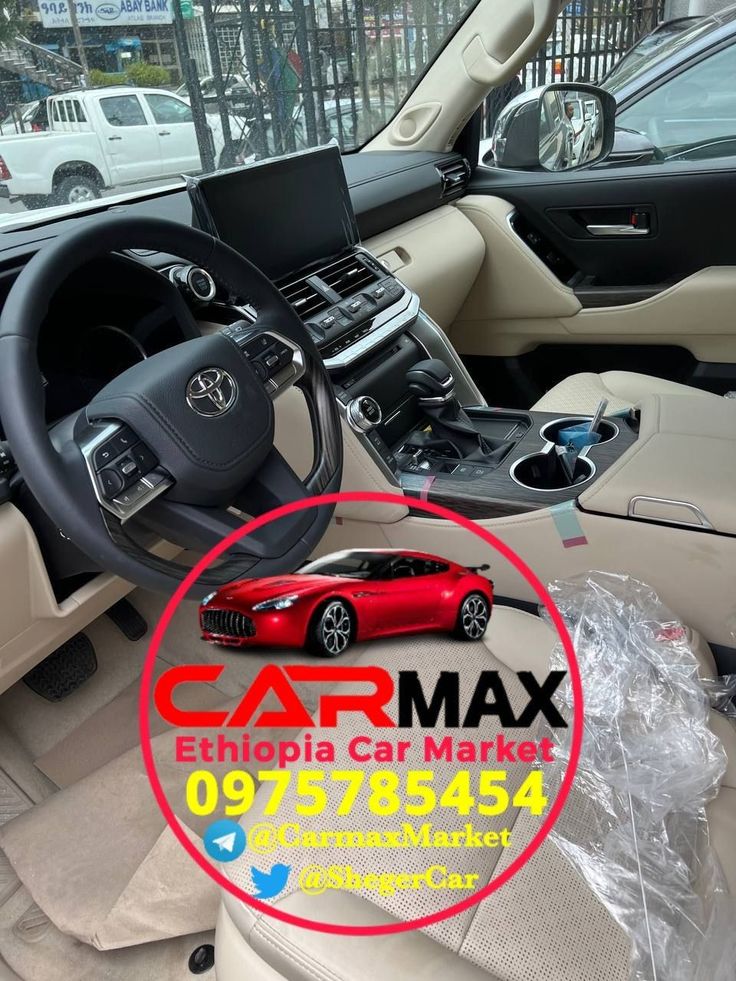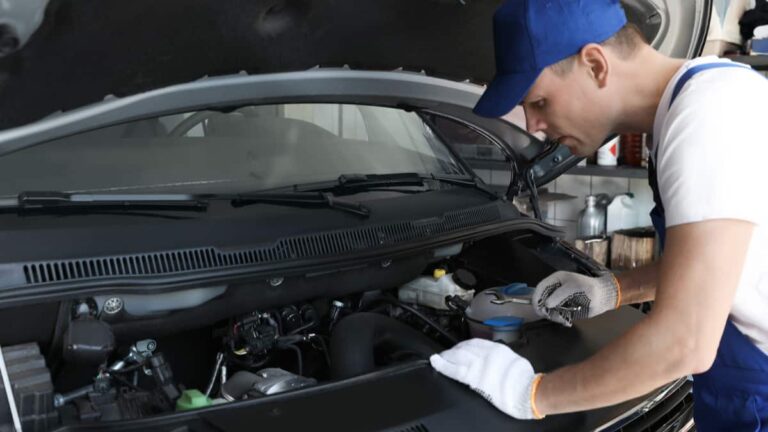Luxury Car Brands Logos: The Emblems of Prestige and Power
Luxury Car Brands Logos: The Emblems of Prestige and Power cars.truckstrend.com
In the rarefied world of luxury automobiles, a brand’s logo is far more than just an identifying mark; it is a meticulously crafted symbol of heritage, innovation, performance, and unparalleled prestige. These emblems, often steeped in centuries of history or born from a singular, audacious vision, serve as powerful visual shorthand, instantly communicating a brand’s core values and its position at the pinnacle of automotive excellence. From the iconic three-pointed star to the majestic Spirit of Ecstasy, luxury car logos are miniature masterpieces of design, embodying aspirations, status, and an unyielding commitment to perfection. Understanding these symbols is to understand the very essence of the brands they represent, offering a glimpse into the artistry, engineering prowess, and exclusive lifestyle associated with owning a luxury vehicle.
The Anatomy of a Luxury Car Logo: Crafting Identity
Luxury Car Brands Logos: The Emblems of Prestige and Power
Luxury car logos are not accidental creations; they are products of deliberate design, often infused with deep symbolism and refined aesthetics. Each element – from the chosen typeface to the color palette and graphic forms – contributes to a cohesive identity that resonates with discerning consumers.
Typically, these logos incorporate:
- Symbolism: Many logos feature animals (e.g., Ferrari’s Prancing Horse, Lamborghini’s Raging Bull), mythical figures (e.g., Maserati’s Trident), or abstract shapes with profound meanings (e.g., Mercedes-Benz’s Three-Pointed Star representing dominance over land, sea, and air). These symbols often convey attributes like speed, power, elegance, or global reach.
- Typography: The font used in a luxury car logo is carefully selected to reflect the brand’s personality. It can be classic and serifed to evoke heritage, modern and sans-serif for innovation, or bold and angular for performance. Readability and unique character are paramount.
- Color Palette: While colors can vary, common choices in luxury logos include silver and chrome (for sophistication, technology, and precision), gold (for opulence and exclusivity), black (for elegance and power), red (for passion and speed), and various shades of blue (for reliability and trustworthiness). The color choice often reinforces the brand’s core message.
- Material Representation: Even in 2D designs, luxury logos often evoke the feel of high-quality materials like polished metal, fine enamel, or sculpted chrome. This visual suggestion enhances the perception of craftsmanship and tangible value.
- Simplicity and Memorability: Despite their deep meaning, the most effective luxury logos are often simple enough to be instantly recognizable and memorable, allowing them to translate effectively across various mediums, from a car’s grille to digital advertisements.

Together, these elements form a cohesive visual language that communicates the brand’s unique selling propositions, its history, and its promise to the buyer, setting it apart in a highly competitive market.
Iconic Luxury Car Logos and Their Enduring Stories
Behind every iconic luxury car logo lies a captivating narrative, often intertwining personal ambition, historical events, and enduring brand philosophies. These stories add layers of depth and mystique, elevating the logo from a mere graphic to a symbol of legacy.
-
Mercedes-Benz: The Three-Pointed Star: Conceived by Gottlieb Daimler, the star symbolizes his vision for universal motorization – dominating land, sea, and air. Its timeless simplicity and bold geometry convey precision, engineering excellence, and global ambition, instantly recognizable as a hallmark of luxury and reliability.
-
BMW: The Roundel: Often misinterpreted as a spinning propeller, the BMW roundel actually represents the white and blue colors of the Bavarian Free State flag, where the company originated. Its circular form signifies unity and continuity, while the checkered quadrants evoke the brand’s dynamic performance and precision engineering.
-
Audi: The Four Rings: These interlocking rings represent the 1932 merger of four previously independent automobile manufacturers: Audi, Horch, DKW, and Wanderer, forming Auto Union. Each ring symbolizes one of these founding companies, signifying strength, unity, and the collective pursuit of automotive innovation.
-
Porsche: The Crest: A rich tapestry of regional heritage, the Porsche crest incorporates elements from the Free People’s State of Württemberg-Baden (the black and red stripes) and the city of Stuttgart’s coat of arms (the rearing horse). This powerful emblem encapsulates Porsche’s German roots, its connection to Stuttgart, and its commitment to performance and prestige.
-
Rolls-Royce: The Spirit of Ecstasy: Far more than a logo, this iconic bonnet ornament is a sculpted masterpiece. Designed by Charles Sykes, it represents the elusive spirit of grace, speed, and silence. Legend has it that the model was Eleanor Thornton, secretary to Lord Montagu. The Spirit of Ecstasy embodies the pinnacle of automotive opulence, exclusivity, and bespoke craftsmanship.
-
Ferrari: The Prancing Horse (Cavallino Rampante): Perhaps the most evocative of all, Ferrari’s prancing horse was originally painted on the fuselage of Italian World War I ace Francesco Baracca’s fighter plane. Baracca’s mother encouraged Enzo Ferrari to use the emblem for good luck. The black horse, set against a yellow shield (the color of Modena, Enzo’s birthplace), topped with the Italian flag colors, perfectly encapsulates speed, passion, and an untamed spirit.
-
Lamborghini: The Raging Bull (Toro Bravo): Ferruccio Lamborghini, a Taurus, chose a powerful, aggressive bull as his brand’s emblem, reflecting his own robust personality and the cars’ unbridled power. Each Lamborghini model is often named after a famous fighting bull, further cementing this connection and signifying untamed performance and daring design.

The Psychology Behind Luxury Car Logos
Luxury car logos are designed to tap into deep psychological desires, evoking emotions and aspirations that extend beyond mere transportation.
- Aspiration and Status: Logos like the Spirit of Ecstasy or the Prancing Horse are potent symbols of achievement, wealth, and success. They trigger a desire for upward mobility and social recognition, positioning the owner as part of an elite group.
- Trust and Reliability: Brands like Mercedes-Benz and Lexus use their logos to project an image of unwavering quality, engineering prowess, and reliability. The precision in their logo design mirrors the precision in their manufacturing.
- Emotional Connection: Logos often tell a story or represent a philosophy that resonates with consumers on an emotional level. The passion embodied by Ferrari’s horse or the heritage of Porsche’s crest creates a bond that transcends logical purchasing decisions.
- Perception of Value: The meticulous design and consistent application of a luxury logo enhance the perceived value of the product. It suggests that if so much care is put into the smallest detail (the logo), then every aspect of the vehicle is equally refined.
- Brand Loyalty: A strong, iconic logo fosters deep brand loyalty. Owners often feel a personal connection to the emblem, seeing it as an extension of their own identity and values.
Through careful design and consistent branding, luxury car logos create a powerful psychological impact, turning a simple graphic into a symbol of desire, distinction, and dreams realized.
Evolution and Modernization of Luxury Car Logos
Even the most iconic luxury car logos are not immutable. Brands periodically update their emblems to align with contemporary design trends, reflect new strategic directions, or optimize for digital platforms. This evolution, however, is a delicate balance between modernization and maintaining historical recognition.
- Adapting to Digital: The shift from physical badges to digital interfaces (infotainment screens, apps, websites) has led many brands to simplify their logos. The trend towards "flat design" removes gradients, shadows, and 3D effects, making logos cleaner and more scalable for digital use. BMW’s recent flat logo update is a prime example, aiming for greater transparency and adaptability in the digital age.
- Refreshing Brand Perception: A logo refresh can signal a new era for a brand, perhaps a pivot towards electric vehicles, sustainable practices, or a younger demographic. It allows the brand to shed old connotations and embrace new ones while retaining its core identity.
- Maintaining Heritage: The biggest challenge in updating a luxury logo is preserving its essence and historical significance. Brands must ensure that the new design still resonates with loyal customers and continues to embody the legacy that took decades, or even centuries, to build. Radical changes are rare and often met with resistance.
- Subtle Refinements: More often than not, luxury logo evolutions are subtle refinements rather than complete overhauls. Adjustments in line weight, typography, or spacing can give a logo a fresh look without losing its familiarity. The goal is often to enhance legibility and modern appeal while preserving the brand’s DNA.
This ongoing evolution ensures that luxury car logos remain relevant and impactful across changing technological landscapes and consumer preferences, demonstrating a brand’s ability to innovate while respecting its past.
Practical Advice: Recognizing Authenticity and Understanding Value
For enthusiasts and potential buyers, understanding luxury car logos goes beyond aesthetics; it involves recognizing authenticity and appreciating the value they represent.
- Spotting Authenticity: Genuine luxury car badges are meticulously crafted, often from high-quality metals, enamels, or plastics with precise finishes. Look for sharp edges, flawless paintwork, and correct proportions. Replicas or aftermarket badges often have poorer quality materials, uneven finishes, and inaccurate detailing. The weight and feel of the physical emblem can also be an indicator.
- The Craftsmanship of Badges: The physical badges on luxury cars are often works of art themselves. From the hand-polished chrome of a Mercedes star to the intricate enamel work on a Porsche crest, these small details reflect the brand’s overall commitment to quality and precision in every component of the vehicle.
- Value Beyond Design: The true "value" of a luxury car logo isn’t its material cost but the immense brand equity it represents. It’s the culmination of decades of engineering excellence, marketing, racing victories, and customer experiences. Owning a car with a particular logo is buying into that entire legacy and reputation, which significantly contributes to the vehicle’s resale value and desirability.
- Connection to Reputation: The logo is intrinsically linked to the brand’s reputation. Any dent in a brand’s reputation (e.g., through recalls or scandals) can temporarily diminish the lustre of its logo, highlighting how the symbol is a living representation of the company’s current standing and past achievements.
Challenges and Future Trends
The world of luxury automotive is constantly evolving, and logos must adapt to new challenges and opportunities.
- Electrification and Sustainability: As luxury brands increasingly shift towards electric vehicles, their logos may subtly evolve to reflect this new, greener identity. Will the symbols of raw power give way to those of serene efficiency, or will they simply adapt to represent powerful electric performance?
- Digital Integration: The prominence of digital interfaces means logos must be optimized for diverse screens and interactive experiences. This could lead to more animated logos or even augmented reality elements associated with the brand mark.
- Personalization: As customization becomes more prevalent, there might be opportunities for limited-edition logo variations or personalized emblem options for ultra-luxury clients, adding another layer of exclusivity.
- Counterfeiting: The prestige associated with luxury car logos makes them prime targets for counterfeiters. Brands continuously work to protect their intellectual property and educate consumers on identifying genuine products.
The future of luxury car logos will likely see a blend of tradition and innovation, where heritage is respected, but new technologies and societal values are embraced to keep these powerful symbols relevant and aspirational.
Concluding Summary
Luxury car brands logos are much more than mere identifiers; they are potent symbols that encapsulate the very essence of automotive excellence, heritage, and aspiration. From the meticulous design elements and profound historical narratives to their psychological impact on consumers, these emblems play a crucial role in defining brand identity and fostering an emotional connection. They represent decades of engineering prowess, unparalleled craftsmanship, and a commitment to delivering an exclusive experience. As the automotive landscape evolves, so too will these iconic symbols, adapting to new technologies and trends while steadfastly preserving the legacy that makes them universally recognized hallmarks of prestige and power. Owning a luxury car is, in many ways, an embrace of the philosophy embodied by its logo – a testament to dreams realized and a journey toward the extraordinary.
Perceived Value and Market Positioning by Luxury Car Logo
This table illustrates the general market perception and positioning associated with prominent luxury car brand logos, offering context for their perceived value and typical price segments.
| Brand Name | Logo Key Feature | Core Symbolism | Perceived Luxury Tier | Typical Vehicle Price Range (USD) |
|---|---|---|---|---|
| Mercedes-Benz | Three-Pointed Star | Precision, Global Reach, Reliability | High Luxury | $50,000 – $200,000+ |
| BMW | Roundel (Bavarian Flag) | Driving Pleasure, Bavarian Heritage, Sportiness | High Luxury | $45,000 – $180,000+ |
| Audi | Four Interlocking Rings | Unity, Engineering Excellence, Sophistication | High Luxury | $40,000 – $150,000+ |
| Porsche | Crest (Stuttgart/State CoA) | Heritage, Performance, Sportiness | Ultra Luxury/Performance | $60,000 – $300,000+ |
| Rolls-Royce | Spirit of Ecstasy | Opulence, Exclusivity, Craftsmanship | Pinnacle Luxury | $350,000 – $1,000,000+ |
| Ferrari | Prancing Horse | Speed, Passion, Exclusivity | Supercar/Hypercar | $250,000 – $2,000,000+ |
| Lamborghini | Raging Bull | Power, Aggression, Exclusivity | Supercar/Hypercar | $200,000 – $1,000,000+ |
| Bentley | Flying ‘B’ Wings | Grand Touring, Luxury, Power | Ultra Luxury | $200,000 – $400,000+ |
| Lexus | Stylized ‘L’ | Refinement, Reliability, Modern Luxury | Mid-High Luxury | $40,000 – $100,000+ |
| Maserati | Trident (Neptune’s) | Power, Italian Elegance, Sportiness | High Luxury | $70,000 – $150,000+ |
| Aston Martin | Winged Badge | Elegance, Performance, British Heritage | Ultra Luxury/Performance | $150,000 – $500,000+ |
Note: Price ranges are approximate and can vary significantly based on model, trim, customization, and market conditions.
Frequently Asked Questions (FAQ) about Luxury Car Brands Logos
Q1: What makes a car logo "luxury" compared to a standard car logo?
A1: Luxury car logos are typically characterized by their deep symbolism, rich history, meticulous design detail, and often, their minimalist elegance. They evoke feelings of prestige, exclusivity, and superior craftsmanship, rather than just basic identification. They are designed to be aspirational symbols.
Q2: Do luxury car logos change often?
A2: No, luxury car logos tend to be quite stable due to their strong historical significance and brand recognition. While they undergo subtle refinements or "flat design" updates for digital compatibility, radical overhauls are rare as they risk alienating loyal customers and diluting brand heritage.
Q3: What’s the oldest luxury car logo still in use?
A3: While definitions of "luxury" have evolved, many brands have roots dating back over a century. Mercedes-Benz’s three-pointed star (first registered in 1909) and the Rolls-Royce Spirit of Ecstasy (first used in 1911) are among the oldest and most consistently recognized luxury car symbols.
Q4: Why are animals common in luxury car logos?
A4: Animals are often chosen for their inherent symbolic qualities that align with luxury car attributes. For example, horses (Ferrari, Porsche) signify speed and power, bulls (Lamborghini) represent aggression and strength, and winged creatures (Bentley, Aston Martin) suggest freedom and soaring performance. They evoke primal desires and powerful emotions.
Q5: How do luxury car logos influence purchasing decisions?
A5: Logos significantly influence purchasing decisions by acting as powerful visual cues for status, brand reputation, and emotional connection. They embody the brand’s promise and heritage, often appealing to a buyer’s desire for aspiration, exclusivity, and a sense of belonging to an elite group, even before considering the car’s features.
Q6: Is the material of the physical logo important on a luxury car?
A6: Absolutely. The physical emblem on a luxury car is often made from high-quality materials like polished chrome, fine enamel, or even precious metals, reflecting the brand’s commitment to craftsmanship and attention to detail. The tactile and visual quality of the badge itself reinforces the overall luxury experience and distinguishes it from mass-produced alternatives.






